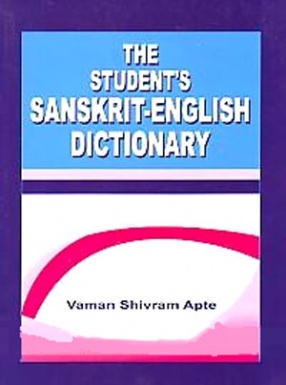A Garland of Forest Flowers
Price: $22.50 $25.00
Author
Edition
1st ed.
Publisher
ISBN
9788189211202
Length
xvi+155p., 23cm.
Subjects
This book is a miscellany of gems of wisdom gathered from Swamiji's different booklets published earlier, strung together as a garland. Chances are that, at certain places, an impression of a repetition of thoughts might emerge, but omitting such repetitions in this presentation might leave yawning gaps in the garland. Besides, whatever passages appear repetitive are quite in place in their context. Moreover, such thoughts of Swamijis bear repetition, if only ...

